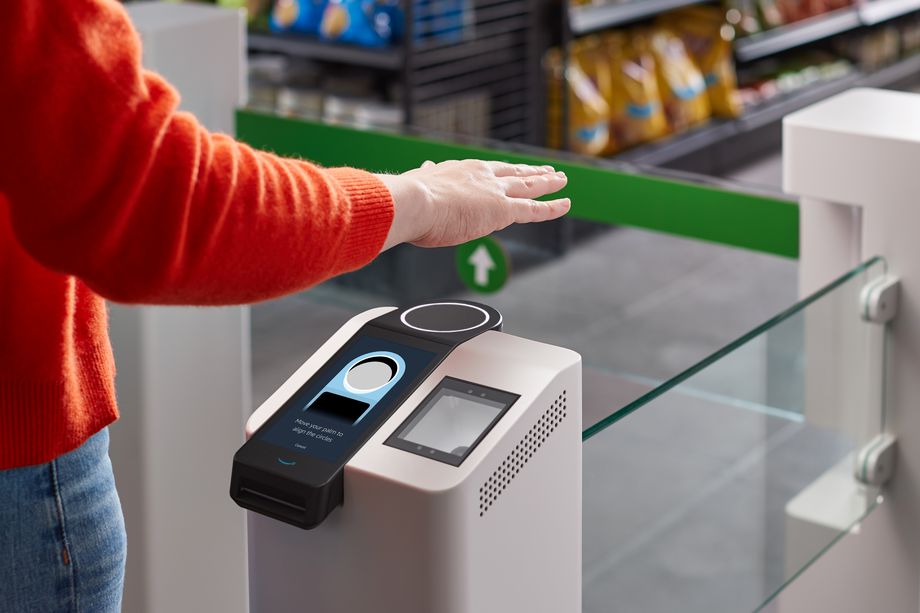You are planning to drive to The Hague for a job interview, so you start Google Maps for the estimated time of arrival and traffic data. More than one billion people use google maps on a daily base. Many companies are affected by Covid-19 and are forced to change their way of working or entire business models. One company, Covid-19 has affected, is Google. Google has been forced to not only change how it predicts traffic in Google Maps but also add features to google Maps.
For the past 13 years, Google Maps predicted the traffic based on a combination of live traffic data and historical traffic patterns. They used years of information about the weather, potential accidents and roads along your route to predict the estimated time of arrival. But now with 50% global traffic drop after different lockdowns around the world, that method isn’t accurate anymore. Google now changed its models to prioritize more recent data from the last 2 to 4 weeks instead of the older traffic data accumulated over the past 13 years and is partnering with Deepmind to make the ETA’s more accurate. Deepmind is an AI research based company.
Not only was Google forced to change its model to predict traffic and the estimated time of arrival, but it has added new features to Google Maps as well. Google maps has added different features to highlight Covid-19 case counts and outbreaks. The new feature will show the user a seven-day average for Covid-19 cases for the map area that the user is searching for. It will also show whether it is trending downward or upward. The density of each area’s outbreak will be color-coded
for every country in Google Maps. And all the data shown will be based on information from for example Johns Hopkins University, the New York Times and Wikipedia. These sources get their data from public health organizations and state and local health agencies or hospitals.
With this new feature Google wants to inform the users about the Covid-19 cases and outbreaks so that their customers can make more informed decisions about where to go and if they still want to go. Google hopes this feature will help to prevent people from going to places with high cases of Covid-19 and to prevent the further increase of cases.
References:
- https://www.forbes.com/sites/alisondurkee/2020/09/23/google-maps-will-now-display-coronavirus-outbreaks-and-cases/#712e586e7ad4
- https://blog.google/products/maps/navigate-safely-new-covid-data-google-maps/
- https://www.cnbc.com/2020/09/03/covid-19-forced-google-maps-to-change-how-it-predicts-traffic.html
- https://deepmind.com



